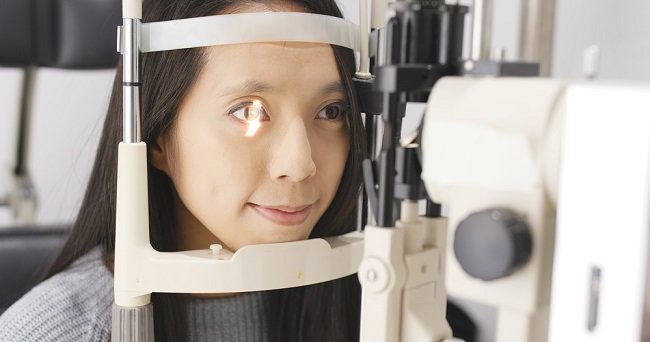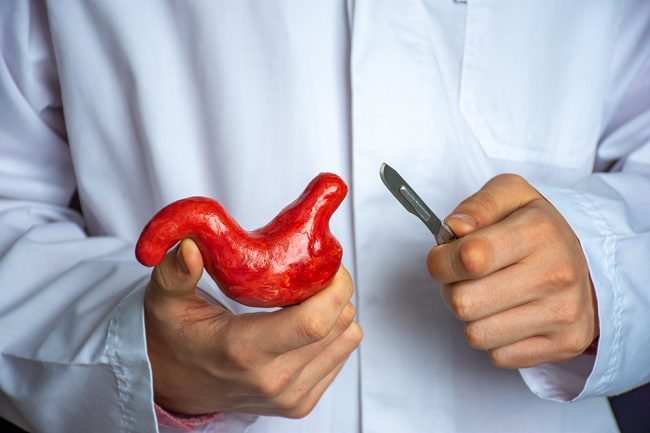A nephrostomy is a procedure performed to drain urine directly from the kidney through a catheter. This procedure is performed when there is a blockage in the ureter, which should function to drain urine from the kidneys to the bladder.
Nephrostomy is generally performed when there is urinary obstruction due to urinary tract infection, kidney stones, tumors, or anatomical abnormalities, physical injury, inflammation, and cancer that causes damage or leakage of the ureters. In addition, nephrostomy can also be used as a pathway to assist other medical procedures, both for diagnostic and therapeutic purposes.

Nephrostomy Procedure Steps
Before undergoing the nephrostomy procedure, the doctor will conduct a thorough examination of your health condition. The doctor will ask for a history of the medication you are currently undergoing, because there are several types of medication that need to be stopped before undergoing a nephrostomy. Doctors will usually also advise you to fast for 4-6 hours before the procedure.
After you meet the requirements and are ready to undergo a nephrostomy, the doctor will inject anesthetic fluid or anesthetic to relieve pain. The nephrostomy procedure can take as little as 20 minutes, but it can also take more than 90 minutes. This depends on your health condition.
A nephrostomy procedure is performed by inserting a catheter through the skin and into the kidney. The doctor will use the help of ultrasound or CT scan so that the catheter can be placed in the right position. Once installed, the catheter will be connected to the urine bag.
The channel created in this procedure can be maintained for a certain period of time, according to your needs and physical condition. Some are only a few days, some can be maintained for a matter of months.
Treatment After Nephrostomy Procedure
After the nephrostomy procedure has been carried out, the doctor will explain how to care for the nephrostomy tube. This is important to do because proper care is needed to maintain the quality and function of the nephrostomy.
Some of the things you should pay attention to when checking the condition of the nephrostomy tube and bag are:
- Ensure that the bandage is dry, clean and in the proper position.
- Pay attention to the condition of the skin around the area where the nephrostomy tube is inserted, whether there is a skin rash or redness.
- Pay attention to urine in the bag. You should check the color and empty it when it is full.
- Ensure that the tube is not bent or twisted and obstructs the flow of urine.
The following steps are general instructions for maintaining a safe urine drainage tube and bag:
- Wash hands and wear disposable gloves before treating a nephrostomy.
- Change the bandage and catheter attachment to the skin every 7 days. Clean the skin around the catheter using gauze, water, and soap.
- When the drainage bag is full, empty it, and replace it with a clean bag.
- Wipe the connecting end of the drainage bag with rubbing alcohol or povidone iodine before you reconnect the drainage bag to the hose
- Make sure the position of the catheter tube remains connected to the drainage bag and attached to the body so that it does not change position easily.
- Use a larger drainage bag at night and during naps, so that it can hold more urine.
The nephrostomy procedure is safe to perform. In fact, in some cases, this procedure is needed to avoid worsening health conditions. Even so, the risk of complications due to nephrostomy still exists.
Therefore, consult a doctor immediately if you experience back pain that does not go away or gets worse, blood in the urine, fever, vomiting, urine that smells bad, or pain in the skin around the catheter tube after the nephrostomy procedure is performed.









